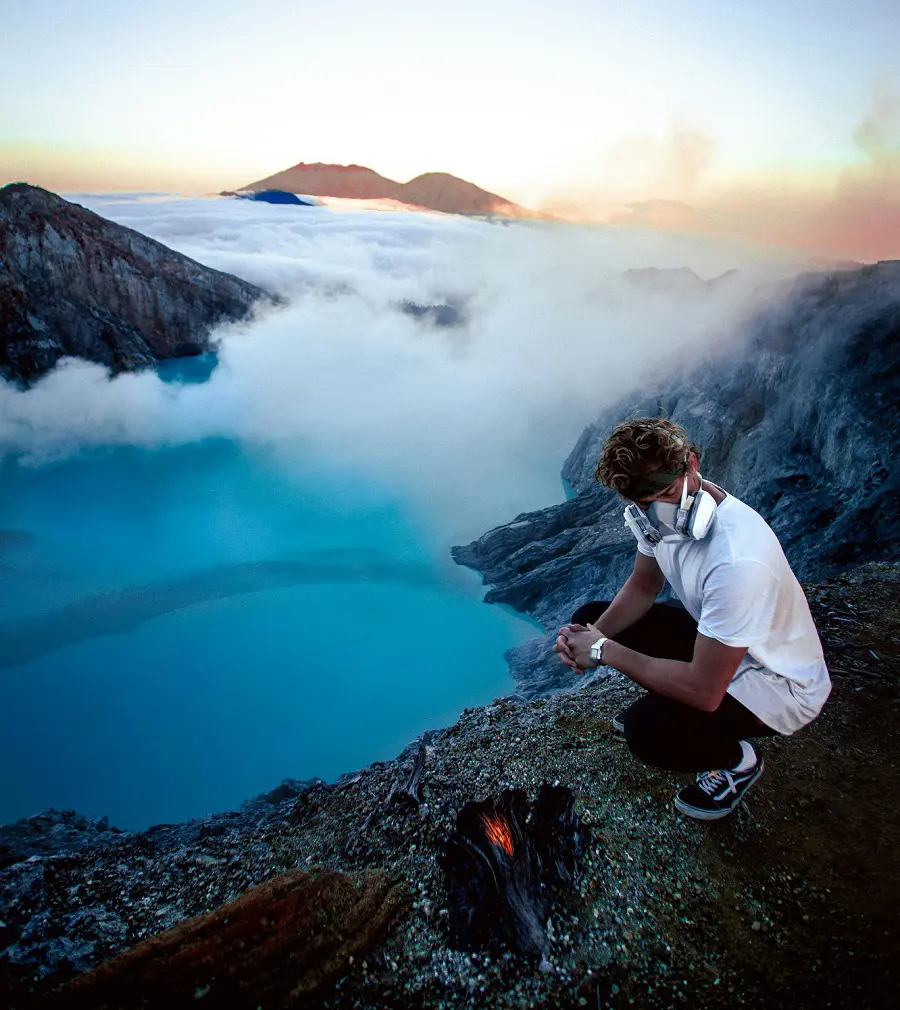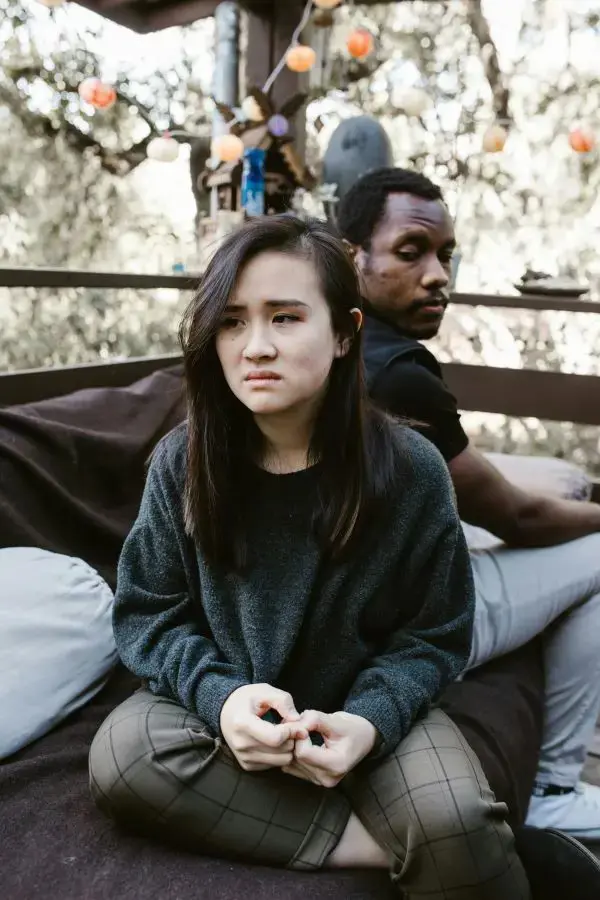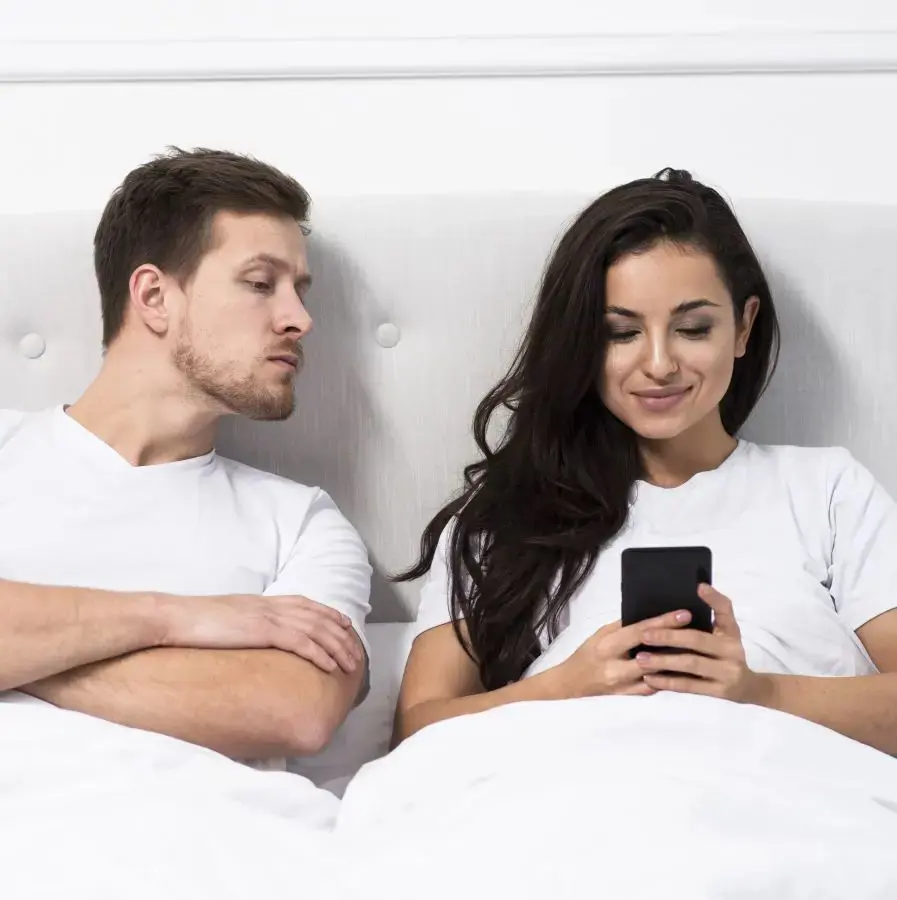Altitude sickness is a set of symptoms that develop when the body is exposed to a more increased elevation for a short amount of time. It is typical when individuals travel and are rapidly brought to a greater height. As you fly higher, the air pressure and oxygen levels decrease.
Our bodies are capable of handling the transition, but they need time to acclimate. Altitude Sickness Prevention is required to make your high-altitude travel both exciting and safe. As a result, early warning symptoms must be monitored; if they worsen, one must descend. Some tips to prevent altitude sickness are explained below.
1. Drink Plenty of Water
The simplest technique to avoid altitude sickness is to drink water. Most people lose more fluids at high elevations due to rapid respiration and low humidity. Tekkers must drink water 30 minutes before and after eating, even if they are not thirsty. This increases the circulation of oxygen.
However, drinking too much water can lead to low sodium levels. Drinking plain water, as well as sports or other electrolyte drinks, is always recommended. But please keep in mind that drinking water might not always work for all the people at high altitudes, but this is worth a try.
2. Acclimatize

If you don't want to have altitude sickness, you must first acclimatize properly. As you ascend to higher elevations, your body needs some time to acclimate. The oxygen level drops and fast climbing increases the risk of AMS. The ideal approach is to ascend gradually over 8,000 feet or 2,450 mtrs.
Travelers should give some time for acclimation and spend a couple of nights at around 8,000 to 9,000 ft or 2,450 to 2,750 mtrs. This allows the body to respond and produce red blood cells, which carry oxygen in tissues.
3. Follow "Climb High, Sleep Low” Strategy
This widely used method "Climb High, Sleep Low” is vital for safe exposure at increased elevations. At high elevations or altitudes, you may have breathlessness and disrupted sleep. Your body will take deep and shallow breaths, perhaps pausing for a few seconds owing to a shortage of oxygen. This might create weird suffocation-related nightmares and interrupt sleep.
To counteract this, climbers adhere to the "climb high, sleep low" guideline. This guideline requires rising to an unpleasant height during the day and resting at a lower, more comfy altitude at night. It also supports the body adjust to high elevations and reduces the risk of AMS.
4. Eating Enough Calories

A balanced diet can help to prevent altitude sickness because, at higher elevations, the body burns more calories. Movement becomes more chaotic, and adjusting to the conditions is difficult, therefore eating carbohydrates, proteins, as well as healthy fats provides energy for the day's activities and adjustments.
Carbohydrates are necessary because they provide instant energy and help transfer oxygen. Additionally, calorie consumption must be sufficient to adjust to higher elevations with less oxygen. If you don't consume enough calories, you'll be exhausted and your body won't be strong enough to tolerate altitude variations.
It's not often that we're urged to consume more carbs. However, when you're at a greater altitude, you require more calories. So bring a variety of healthful snacks, including whole grains.
5. Listen to Your Body
As satisfying as it is to reach the summit of a mountain and see the vistas after a hard trek, listening to your body is important. When climbing, one should take it seriously and be aware of any indicators of pain in the body, such as headaches, dizziness, nausea, or exhaustion.
These might be indications of AMS or, in the worst-case scenario, HACE. As much as you don't want to quit and go on, you must listen to your body and withdraw if the symptoms increase. A person can potentially fail within a few hours, therefore you must act quickly.
6. Avoid Rushing Uphill

Rushing and hurrying to higher elevations without adequate time to adjust increases the risk of altitude sickness. While you may desire to reach the summit fast, this may result in decreased body tolerance and acute mountain sickness or AMS. It's best to take tiny, gradual advances. This helps the body acclimate to the high altitude. An unhurried pace will allow you to stay healthy while enjoying the adventure.
To acclimate to the changes, your body needs two to three days of gradually increasing elevation. Do not fly or drive immediately to high elevations. Instead, climb higher each day, take a break, and then resume the next day.
When going by foot, plan your route with stops at lower elevations before reaching your final destination. Try to go no more than 1,000 feet each day, and schedule a rest day for every 3,000 feet you gain. This is one of the best ways you can prevent high altitude sickness.
7. Avoid Alcohol and Cigarettes
Alcohol, cigarettes, and even meds such as sleeping meds can exacerbate altitude sickness symptoms. Avoid drinking, smoking, and taking sleeping meds while traveling to higher elevations. If you wish to drink, allow your body at least 48 hours to acclimate before introducing alcohol into the mix.
It is not a good habit for anyone to smoke or drink and on top of that, when you are going uphill, at a high altitude, it won't do good for you as it will make it even worse. Also, alcohol along with tobacco can actually dehydrate you and can increase the risk of altitude sickness even more. So, it's best to avoid them while at high altitudes.
8. Medication

Medication is rarely administered ahead of time unless flying or driving at high altitude is inevitable. There is some evidence that taking Diamoax two days before and during a trip may help prevent altitude sickness.
It is mostly used to treat people with eye problems. However, due to how it works, it can also help avoid altitude sickness. You will need a doctor's prescription to receive it.
Hence, it is also crucial to understand that even if you take the meds, you might still develop altitude sickness. Once symptoms appear, the meds will not alleviate them. Getting back to a lower altitude is the only effective way to treat it.
9. Correct Clothing
Walking at high heights necessitates not only careful planning but also the appropriate clothes and shoes. There should be a balance between "too little and too much."A base layer is essential for trekking and often consists of a shirt, undergarments, and socks.
Wearing breathable, non-itchy cloth materials as a base layer makes a huge impact. A light fleece jacket would work well as a mid-layer. It would be useful in the morning and when stopping to relax while strolling. The fleece is airy, and it dries quickly.
Down-insulated jackets can also be worn as a middle layer. They are simple to pack and extremely compressible as they provide greater warmth than any other insulating apparel. Water-resistant/breathable outer layers are an advantage at high elevations. They are appropriate for a variety of weather situations, including precipitation and wind.
10. Maintain a Good Physique
It is no secret that high-altitude trekking or climbing is extremely difficult and challenging. So, being healthy and in good shape is always better as this increases your perseverance, stamina, and strength for the ascent. But, it is important to remember that even healthy people can develop altitude sickness.
It normally depends on how the body responds to low oxygen levels. Before the journey, engage in cardio, hiking, and weight training. As a result, you must prepare your body to work efficiently with less oxygen. You may accomplish this simply by improving your cardiovascular endurance.
Thus, Cardiovascular endurance refers to the capacity of your lungs, heart, and blood arteries to transport oxygen to your body. Naturally, someone with more cardiovascular endurance will acclimate more quickly to high altitude.
Symptoms of Altitude Sickness

Depending on how severe it is, altitude sickness can develop a wide range of symptoms. Acute mountain sickness symptoms typically occur during the first day or two after arriving at a high elevation. Here are some of the symptoms of altitude sickness:
- Headache: It is one of the most expected symptoms, which can range from mild to even severe.
- Nausea and Vomiting: It is another very common symptom as you will feel nauseous or feel like vomiting.
- Loss of Appetite: You will feel like you don't want to eat much compared to earlier days and you also can't eat much, as you will feel less hungry.
- Fatigue: Once altitude sickness hits you, you will feel tired all the time and won't feel like doing anything.
- Malaise: You will feel discomfort and experience being unwell and ill.
- Trouble Sleeping: Another symptom of altitude sickness is not being able to sleep properly and finding it difficult to remain asleep.
- Dizziness or Lightheadedness: A feeling that is comparable to vertigo or dizziness but also includes spinning.
- Vision Changes: It is generally uncommon for vision to alter but it typically indicates more severe altitude sickness brought on by ocular issues.
When Are You Most at Risk for High Altitude Sickness?
People are most at risk for altitude sickness when they rise too rapidly (and remain at high altitude), regardless of the height over 8,000 feet, their degree of fitness, or their genetic susceptibility.
Depending on the height attained and the rate of ascent, the chance of getting acute mountain sickness might range from twenty to even seventy percent.
Myths About Altitude Sickness
There are some myths about altitude sickness and they are explained below:
Salt Helps With Altitude Sickness
Although it's crucial to be aware of altitude sickness when exercising at altitude, salt doesn't really help with it. The amount of fluid you consume determines your salt levels, and salt may either benefit or hurt your body while you're suffering from altitude sickness. You've been losing sodium if you've been perspiring and drinking a lot of water.
To restore lost salt more quickly, try adding an electrolyte mix with sodium. But until you can drink more water, stay away from salt if you haven't been sweating. Likely, your salt levels are already rather elevated.
Consuming Caffeine Is Very Bad For You On The Mountain
It is well known that caffeine is a diuretic. So the theory goes that drinking caffeine causes you to pee, which in turn causes dehydration. One study showed that caffeine did not appear to increase the amount of urination.
Another showed that for caffeine to have a significant diuretic effect, the amount you would need to consume is more than 500 mg per day or the equivalent of 1.2 liters of brewed coffee.
Therefore, it seems that consuming caffeine in normal amounts would not increase the chance of dehydration or altitude sickness. Furthermore, it might even be plausible that caffeine helps acclimatization by increasing the breathing rate and thereby increasing oxygen intake.
If You Have Acclimatized Before, You Will Be Fine Next Time
While your experience at high altitude is significant, it is by no means definitive. There are fundamental factors that affect your ability to acclimatize, such as genetics, general health, fitness, and medical conditions. There are also many situational factors that contribute to the onset of AMS, such as rate of ascent, hydration level, hiking pace, physical exertion, nutrition, and sleep.
A prior history of altitude sickness is the strongest indicator of whether one will get altitude sickness again. However, not getting altitude sickness on one trip does not automatically rule out the possibility of getting altitude sickness on a subsequent trip. Do not get complacent as you are not protected simply because you never had altitude sickness before.
You Can Easily Beat Altitude Sickness If You Are Tough Enough
Everyone is susceptible to altitude sickness. You should expect to experience some symptoms of mild acute mountain sickness during your climb and that is normal. These symptoms usually subside by themselves just by staying put for a few hours.
If symptoms become moderate to severe, it is time to stop climbing. Some people think you can tough it out and keep ascending. But that is a mistake.
Altitude sickness is a physical ailment, not a mental challenge. The best way to treat altitude sickness is immediate descent. It cannot be “beaten” with a strong mind or positive thinking.








